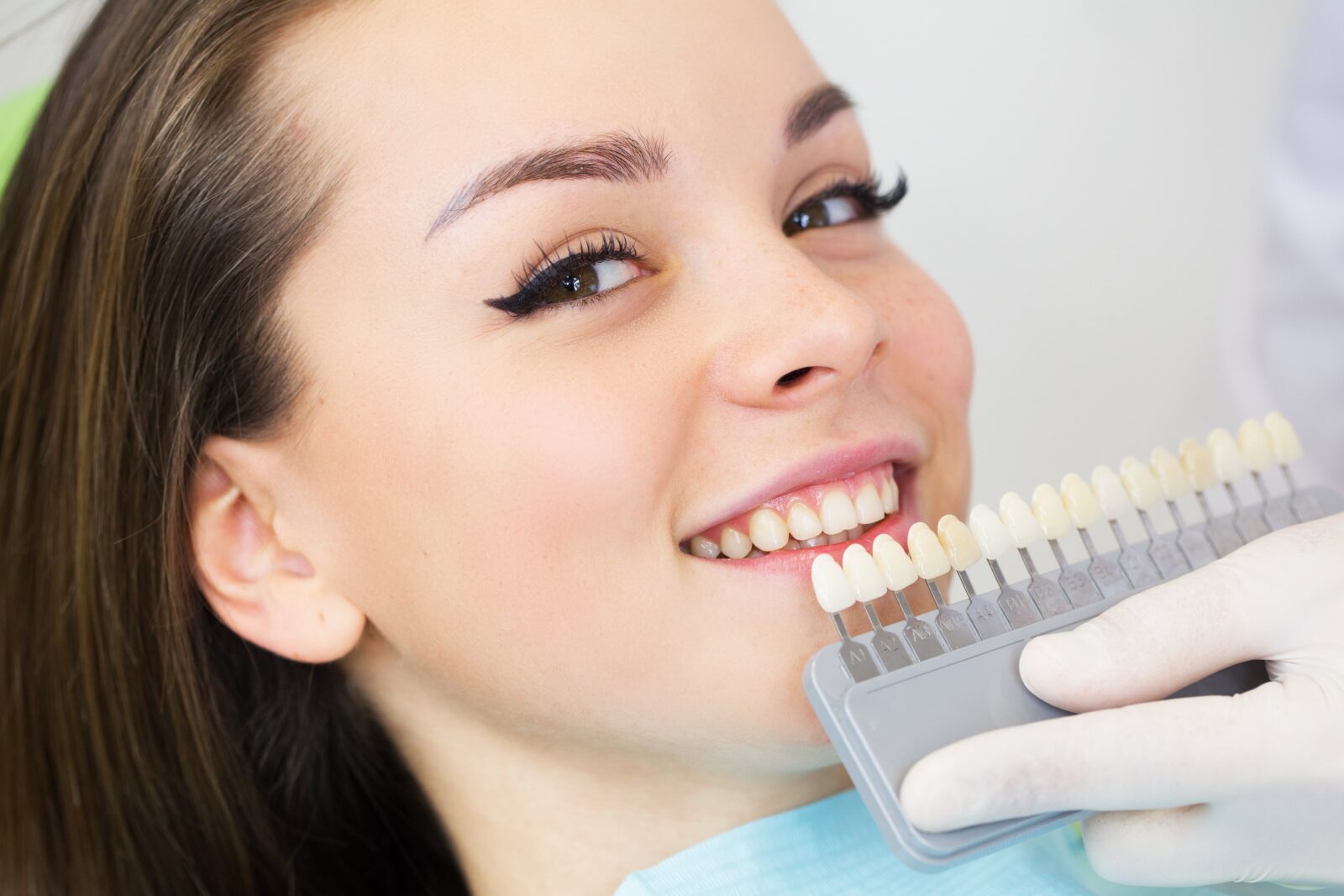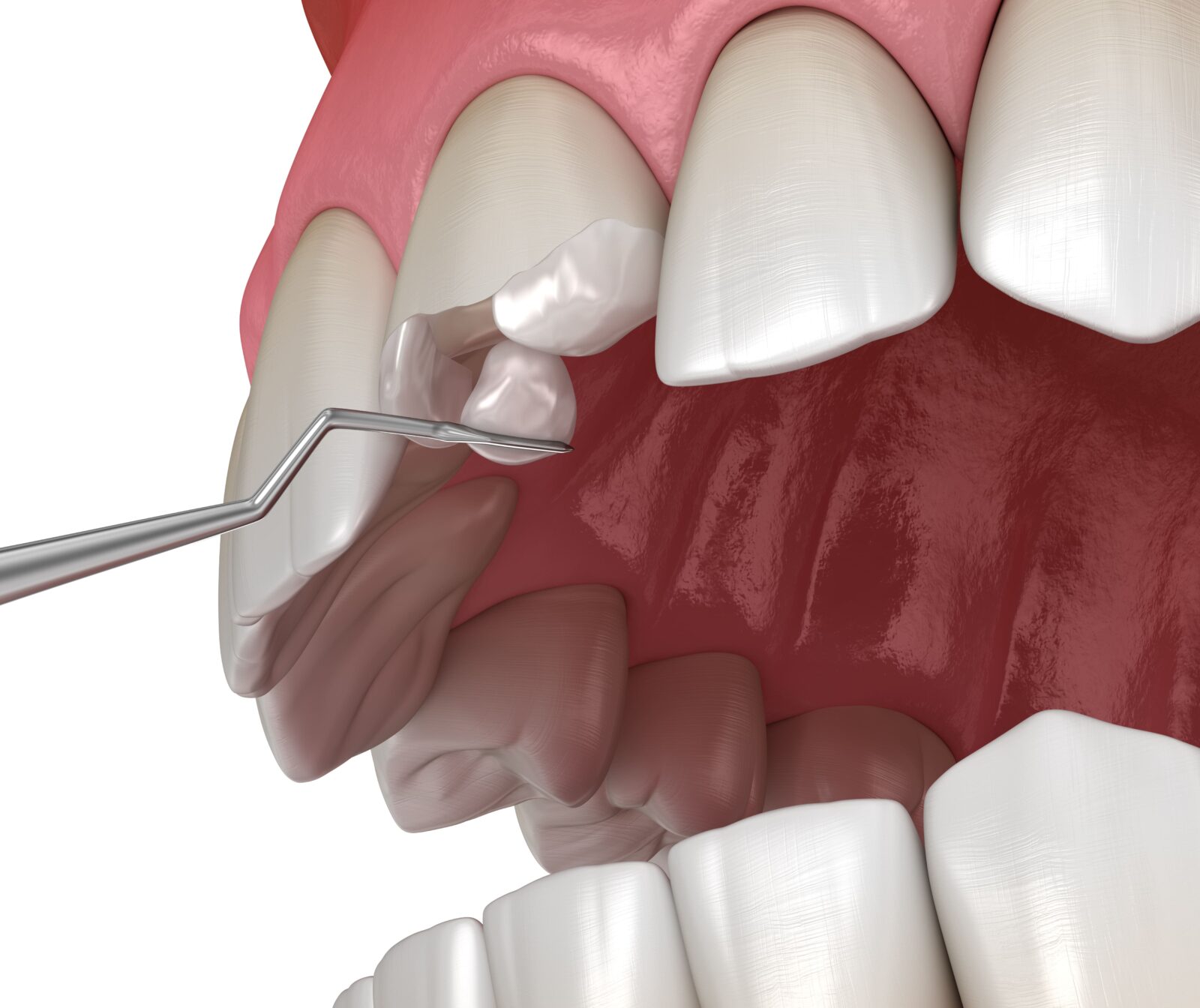When you are considering a smile makeover using teeth whitening and dental bonding, one of the first decisions you need to make is whether to whiten your teeth before getting dental bonding. This is an important question, as the answer can affect the overall outcome of your smile makeover. In this blog post, we will discuss teeth whitening and dental bonding in detail and help you decide which should be done first.
Teeth Whitening

Teeth whitening is a popular cosmetic dental procedure that can help to improve the appearance of your teeth by removing years of stains. There are two main types of teeth whitening: in-office teeth whitening and at-home teeth whitening. In-office teeth whitening is performed by a dentist and is usually more expensive than at-home teeth whitening. However, it is also more effective and can produce results that are up to eight shades lighter in just one visit. Although in-office whitening is a minimally invasive procedure, dental sedation can be used to relax you during the procedure. At-home teeth whitening is a less expensive option that you can perform in the comfort of your own home. At-home teeth whitening kits usually come with instructions and require you to wear them for a certain amount of time each day.
Both in-office and at-home teeth whitening are effective at removing most types of stains, including those caused by coffee, tea, red wine, and smoking. However, they are not effective at removing all types of stains. For example, if your teeth are stained due to medications or fluorosis, teeth whitening may not be effective. In these cases, you may need to consider other options, such as dental bonding.
Dental Bonding

Dental bonding is another popular cosmetic dental procedure that can help to improve the appearance of your teeth. Unlike teeth whitening, which only removes stains, dental bonding can also be used to fix cracks, chips, and gaps in your teeth. Dental bonding is performed by a dentist and usually takes one visit. Although dental bonding is a minimally invasive procedure, dental sedation can be used to relax you during the procedure. During your visit, the dentist will roughen up your tooth and apply a bonding agent. Once the bonding agent has been applied, they will place the composite on your tooth and shape it to match your natural tooth. Finally, they will harden the composite with a UV light.
Dental bonding does not remove stains like teeth whitening does. Instead, dental bonding can be used to cover up severely stained teeth in addition to fixing other cosmetic issues, such as cracks, chips, and gaps in your teeth. Dental bonding is also generally less expensive and less invasive than other cosmetic dental procedures, such as veneers.
Why Teeth Whitening Should Be Performed Before Dental Bonding
Now that we know a little more about each type of cosmetic treatment, you may be wondering where to start. When doing a smile makeover, it is generally recommended that you whiten your teeth before getting dental bonding. This is because the composite used for dental bonding cannot be whitened. Therefore, if you have your teeth bonded first and then whitened, the areas with composite will match the original color of your teeth and not the whiter color. Unfortunately, this makes the composite bonding noticeable and takes away from the final results.
Conversely, having your teeth whitened first and then bonded will result in a more seamless and natural-looking smile. The color of the composite can be matched to your newly whitened teeth, resulting in a beautiful and cohesive smile. However, there is one final consideration: you will need to wait two weeks after any teeth whitening treatment before getting dental bonding. This is because the whitening products temporarily alter the surface of your teeth. This can make it harder for the composite to bond to the tooth, which can cause the treatment to fail. In order to prevent this from happening, it is recommended to wait two weeks to allow your tooth structure to return to normal before dental bonding is performed.
In Conclusion
In this blog, we have discussed teeth whitening and dental bonding. We have also talked about why it is generally recommended to whiten your teeth before getting dental bonding, as this can result in a more seamless and natural-looking smile. If you are considering a smile makeover, we recommend that you consult with a cosmetic dentist. They will be able to assess your individual case and determine which procedures would be best for you.
If you have any questions about teeth whitening or dental bonding, please feel free to contact us. We would be more than happy to answer any of your questions. Our office also offers dental sedation to make your smile makeover relaxing and comfortable. Thank you for reading!
